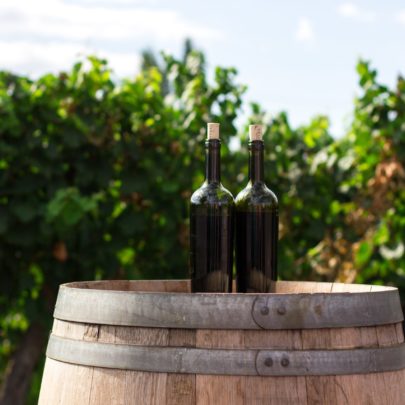
Our Wine Cases to Send as Gifts for Christmas and Beyond
We’re busy putting the finishing touches to our tasting/Christmas dates and are looking forward to sending these out very soon.…

We’re busy putting the finishing touches to our tasting/Christmas dates and are looking forward to sending these out very soon.…

Solely in the UK, there are over 50,00 different variations of wines you could possibly choose from. In turn, this…

New Wines for Autumn We’ve stocked the shelves with new wines from France, Portugal and beyond, ready for Autumn drinking.…

Welcome to The Little Fine Wine Company’s guide to vermouth! An unknown gem beyond the cocktail world, this distinctive, artisanally-made…